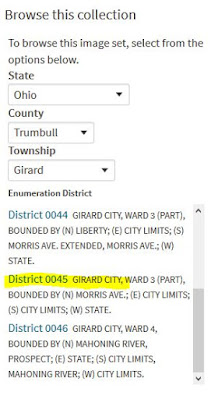I've spent countless hours harvesting information from old Italian vital records. It was a little intimidating at first, but once I became comfortable with the most important genealogical words—and completely memorized my numbers—I stopped seeing these documents as being written in a foreign language. To me they are fairly straightforward documents filled with valuable facts.
 |
| 1804 Italian death record. No big thang. |
You can achieve this familiarity with foreign languages, too. You can learn the keywords you need to identify in a foreign document. And once you look at enough documents to get comfortable with the strange, archaic handwriting, you'll be fine.
Here are several free wiki entries from FamilySearch.org to help you get accustomed to genealogical words in the language of your ancestors:
- Czech
- Danish
- Finnish
- French
- German
- Hungarian
- Icelandic
- Italian
- Norwegian
- Polish
- Portuguese
- Russian (this is a downloadable PDF)
- Spanish
- …and don't forget the importance of Latin
Find more languages by clicking the map on this FamilySearch page: https://familysearch.org/wiki/en/Main_Page
There is much more country-specific information available in the wiki, so if you don't see the language you want above, or if you need to understand how vital records work in another part of the world, start at the world map. My list above is very European focused because I did not find language help for African, Middle Eastern or East Asian countries. But there is plenty of critical information available about how records are kept, marriage practices, and more. Take advantage of it!
And speaking of foreign-language documents:







